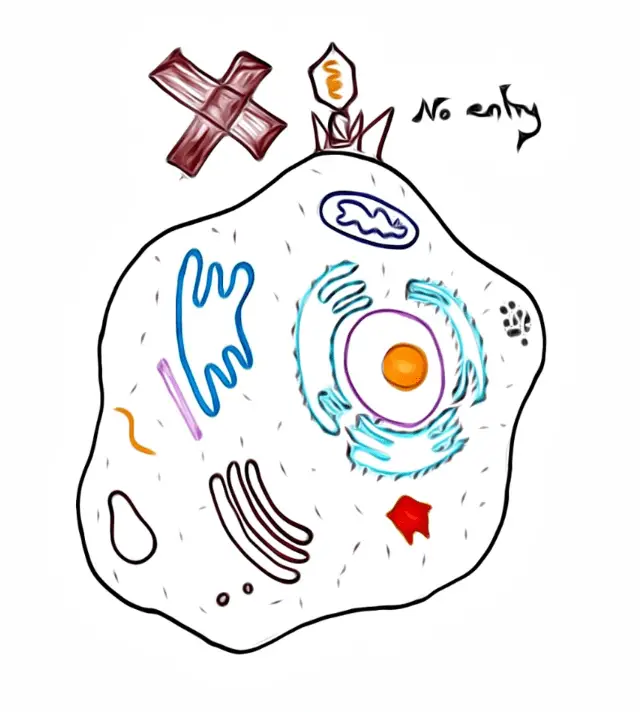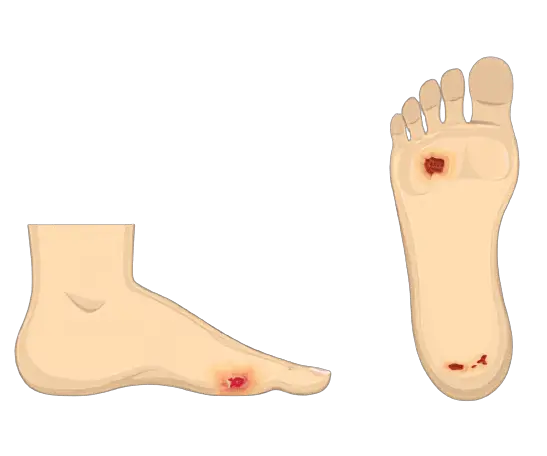Antibiotics have long been the go-to treatment for bacterial infections, but with the rise of antibiotic-resistant bacteria, researchers have been exploring alternative treatments. One such treatment is phage therapy, which uses viruses to target and kill specific bacteria. In this article, we’ll explore the differences between antibiotics and phage therapy and discuss which may be the better option for treating bacterial infections.
Antibiotics: The Traditional Treatment
Antibiotics are a type of medication that is used to treat bacterial infections. They work by either killing the bacteria or stopping them from multiplying. Antibiotics are often prescribed by doctors for a variety of infections, from minor skin infections to more serious conditions like pneumonia.
How Antibiotics Work

Antibiotics work by targeting specific parts of the bacterial cell, such as the cell wall or the enzymes that help the bacteria grow and reproduce. By targeting these specific areas, antibiotics are able to kill the bacteria or stop them from multiplying, effectively treating the infection.
The Rise of Antibiotic Resistance
One of the biggest challenges with antibiotics is the rise of antibiotic-resistant bacteria. This occurs when bacteria mutate and become resistant to the effects of antibiotics. This can happen when antibiotics are overused or not used correctly, allowing the bacteria to adapt and become resistant.
Antibiotic resistance is a major concern in the medical community, as it can make infections much more difficult to treat. In some cases, there may be no effective antibiotics left to treat a particular infection, leading to serious health complications.
Phage Therapy: A New Approach
Phage therapy, also known as bacteriophage therapy, is a treatment that uses viruses called bacteriophages to target and kill specific bacteria. Bacteriophages are viruses that infect bacteria, and they are found naturally in the environment.
How Phage Therapy Works
Phage therapy works by isolating and identifying specific bacteriophages that are able to target and kill a particular type of bacteria. These bacteriophages are then grown in a lab and administered to the patient, either orally or topically.
Once inside the body, the bacteriophages attach to the bacteria and inject their genetic material, causing the bacteria to burst and die. This targeted approach means that only the specific bacteria causing the infection are affected, leaving the beneficial bacteria in the body unharmed.
Advantages of Phage Therapy
One of the main advantages of phage therapy is its specificity. Unlike antibiotics, which can kill both harmful and beneficial bacteria, phage therapy only targets the specific bacteria causing the infection. This means that the body’s natural microbiome is left intact, reducing the risk of side effects.
Additionally, because bacteriophages are naturally occurring, there is a lower risk of developing resistance to phage therapy. Bacteria are less likely to mutate and become resistant to a virus than they are to a chemical compound like an antibiotic.
Antibiotics vs Phage Therapy: Which is Better?
So, which is the better option for treating bacterial infections: antibiotics or phage therapy? The answer is not a simple one, as both treatments have their own advantages and disadvantages.
Effectiveness
Antibiotics have long been relied upon as the primary treatment for bacterial infections, boasting a proven track record of effectiveness and a broad host range. However, the emergence of antibiotic-resistant bacteria is increasingly limiting their efficacy. Furthermore, antibiotics often indiscriminately target both pathogenic and non-pathogenic bacterial species within a given environment.
In contrast, phage therapy exhibits a notably narrower host range. Research indicates promising outcomes, especially in combating antibiotic-resistant infections. Phages are specifically tailored to target particular bacteria, displaying a high degree of effectiveness and specificity in their action.
Side Effects
Antibiotics can have a range of side effects, from mild stomach upset to more serious allergic reactions. Additionally, because antibiotics can kill beneficial bacteria in the body, they can also lead to issues like yeast infections or diarrhea.
Phage therapy, on the other hand, is generally considered to have fewer side effects. Because it only targets specific bacteria, it does not affect the body’s natural microbiome, reducing the risk of side effects.
Availability
Antibiotics are widely available and can be prescribed by a doctor for a variety of infections. However, as antibiotic resistance continues to rise, there may come a time when there are no effective antibiotics left to treat certain infections.
Phage therapy, on the other hand, is not as widely available. It is still considered an experimental treatment in many countries, and there are limited options for obtaining phage therapy outside of clinical trials.
Cost
Antibiotics typically offer a more cost-effective option compared to phage therapy. This is due to their extensive history of use spanning decades, resulting in widespread availability of standardised methods in their manufacturing. Conversely, phage therapy is a more specialized treatment, often personalized by scientists for each patient, which can increase its cost. However, when considering the discovery process, phages are generally easier to identify compared to new antibiotics, making them more economical from a research perspective.
Additionally, in the context of chronic illnesses, antibiotics may become costlier due to their prolonged usage. Some antibiotics(especially newly discovered ) are notably expensive, surpassing the costs associated with the discovery and preparation of phages for therapy to treat similar infections.
Phage-Antibiotics Synergism
Both antibiotics and phage therapy have their own advantages and disadvantages when it comes to treating bacterial infections. And resistance is not only limited to antibiotics, even bacteriophages suffer resistance issues although the added advantage in this is that it takes little time for them to find a way of counteracting the effect. Some studies like the recent published which realised the loophole left by the bacterial defense system when trying to resist phage infections lend them susceptible to antibiotics. There also many studies reporting the successful synergestic effect between phages and antibiotics treatment , meaning that they both show a good result when used concurrent in treating an infenction.
While phage therapy is still considered an experimental treatment, early research has shown promising results, particularly in treating antibiotic-resistant infections. As more research is conducted, it is possible that phage therapy may become a more widely available and effective treatment for bacterial infections.
Cover photo credit:
- Synergistic Effects of Phage–Antibiotic Combinations against Citrobacter amalonaticus Prasanth Manohar, Madhav Madurantakam Royam, Belinda Loh, Bulent Bozdogan, Ramesh Nachimuthu, and Sebastian LeptihnACS Infectious Diseases 2022 8 (1), 59-65DOI: 10.1021/acsinfecdis.1c00117





Comments